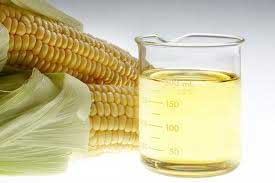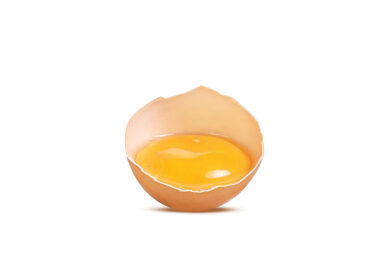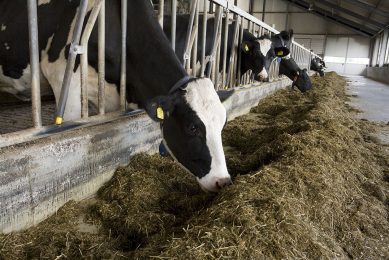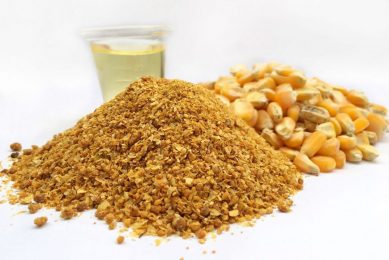Reduced-oil DDGS worries nutritionists

Ethanol producers now also extract oil from corn before making DDGS, which lowers the energy value of the ethanol co-product, but how much? University of Minnesota extension service teamed up with USDA-ARS to develop a tool for energy prediction in DDGS.
Dried distiller’s grains with solubles (DDGS) is the predominant ethanol co-product fed to swine, and its energy value is about equal to corn even though most of the starch is removed to produce ethanol.
This is due to the fact that all other nutrients, including corn oil, remaining in the co-product after ethanol distillation, are concentrated by a factor of three.
Corn oil has a much higher (about 2.25 times) energy value compared to starch, and is the main reason why DDGS is considered such a valuable energy ingredient in swine feeds.
However, due to the high price of crude corn oil and the relatively low capital investment required by ethanol plants to install centrifuges to extract some of the corn oil prior to making DDGS, the profitability and return on investment of oil extraction from the ethanol co-product stream is high.
Anxiety
As more of the industry extracts more oil before making DDGS, reduced-oil DDGS has created a lot of anxiety in the feed, livestock, and poultry industries because some of the energy value of DDGS has been taken away. The question is: "How much?" Up until recently, no one knew the answer to this question.
Jerry Shurson, University of Minnesota Extension animal nutritionist – anticipating this change in DDGS composition – teamed up with Brian Kerr, USDA-ARS in Ames, Iowa to determine the impact of oil extraction on energy content for pigs using 11 different DDGS sources.
The project was funded by the Minnesota Corn Research and Promotion Council and USDA. Cenex Harvest States assisted in providing DDGS samples for the project.
Fibre more important
From the outcome of the project it was learned that the change in oil content of DDGS had much less of an effect on energy value than the change in fibre content.
This was initially surprising because of the high amount of calories in corn oil compared to the calorie concentration in corn fibre.
In fact, many people were expecting a simple answer, such as "removing one percentage unit of corn oil reduces energy value by x-number of calories."
This relationship does not hold true because of the variable concentrations of other nutritional components that either contribute to increased energy or reduce the energy value.
By conducting this research, Shurson and Kerr have developed accurate energy prediction equations to give nutritionists, pork producers and DDGS marketers to tools needed to determine changes in energy value of any source of DDGS, and negotiate price based on changes in energy value.
Join 26,000+ subscribers
Subscribe to our newsletter to stay updated about all the need-to-know content in the feed sector, three times a week. Beheer
Beheer









 WP Admin
WP Admin  Bewerk bericht
Bewerk bericht